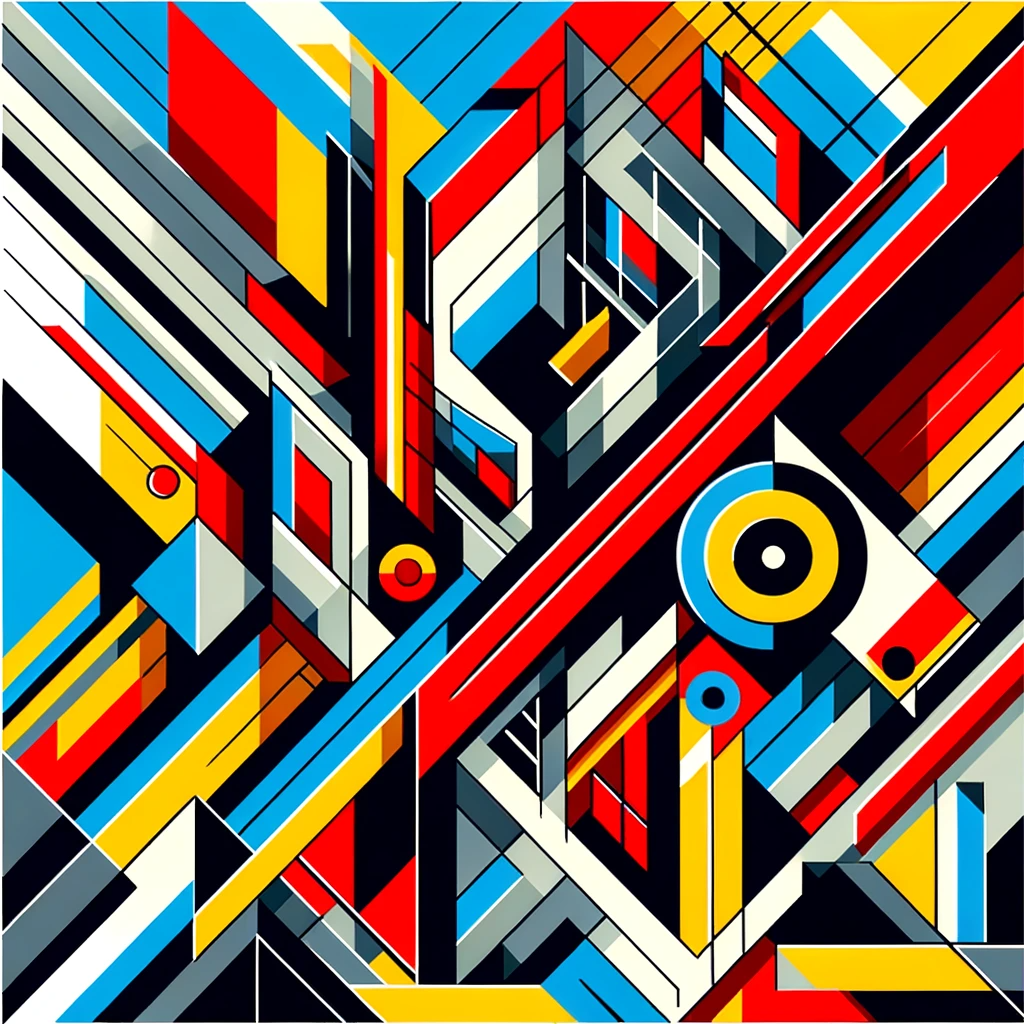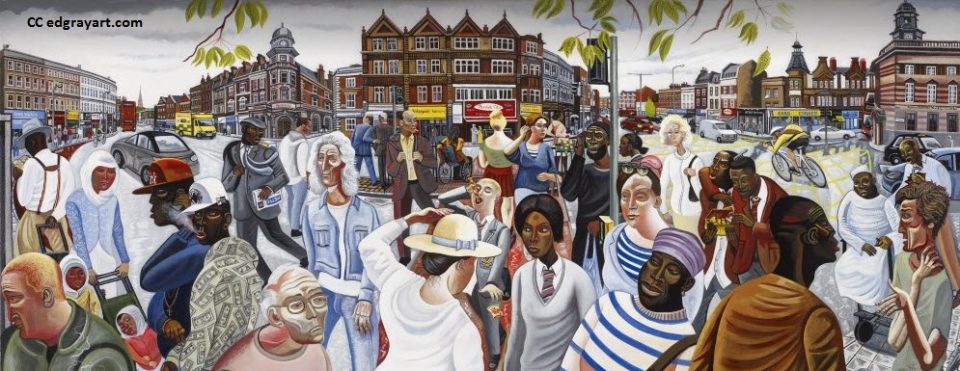The following post was created entirely by AI. It took the comments from Day Three of the 12 Days of AI on AI and Image Creation and copied them into a Word document and then asked Claude to summarise them for me. I then put the summary into ChatGPT and asked it to create a blog for me. This is what I got:
The advent of artificial intelligence (AI) in image generation has sparked a mix of excitement, skepticism, and ethical debate. This blog post delves into the experiences and perspectives of various users who have experimented with AI image generation tools such as DALL-E, Midjourney, Adobe Firefly, and others. Their insights reveal a landscape rich in potential yet fraught with challenges.

The Quality Conundrum
A primary concern among users is the quality and creativity of the images produced by these tools. Some users find the generated images too generic, artificial, or cartoonish, lacking the nuanced touch of human creativity. However, there is a consensus that the quality improves with more specific prompting. Mastering the art of effective prompting is a skill in itself, requiring time and effort. This suggests a learning curve where the tool’s effectiveness is directly proportional to the user’s proficiency in guiding it.
Bias and Stereotypes
A glaring issue with AI-generated images is their inherent bias. The default images often skew towards young, thin, white, and stereotypically gendered subjects. Achieving diversity in the images requires detailed physical prompts, and even then, the tools struggle with capturing more nuanced cultural elements. This bias extends to professional roles as well, with stereotypes prevailing in the depiction of librarians, academics, and learning technologists, often reinforcing outdated or simplistic views.
Ethical Implications
The ease of creating high-quality, realistic images raises ethical questions. There is a valid concern about the potential impact on creative industries and jobs. Could these tools lead to a devaluation of human artistic skills, or might they open new avenues for creativity? Some users suggest steering these tools towards creating fanciful illustrations rather than realistic images, to mitigate the risks of misuse in creating fake imagery.
Creative Potential vs. Practical Limitations
Despite the challenges, many users are intrigued by the creative potential of AI image generation. These tools offer non-artists a unique opportunity to realize imagined images, bridging the gap between imagination and visual representation. However, the quality of the output is closely tied to the effort invested in crafting detailed prompts. There’s a sense of surprise and caution about how easily high-quality fake images can now be generated.
For professional applications, most users find that the current biases and errors in AI-generated images render them unusable without significant modification. The varied experience levels among users, from novices to those who have been exploring these tools for months, highlight a shared understanding: AI image generation, while promising, is still in its infancy.
Conclusion: A Path Forward
The consensus is that AI image generation holds immense creative promise, but it is still a work in progress. While careful prompting can mitigate some issues, it rarely resolves them fully. As we navigate this new frontier, it’s crucial to balance the excitement of innovation with a mindful approach to its challenges and implications. The journey of AI in image generation is just beginning, and its path will be shaped by continued experimentation, ethical considerations, and an evolving understanding of its capabilities and limitations.

Pingback: Weekly Resource Roundup – 18/12/2023 |
Pingback: Crynodeb Wythnosol o Adnoddau – 18/12/2023 |